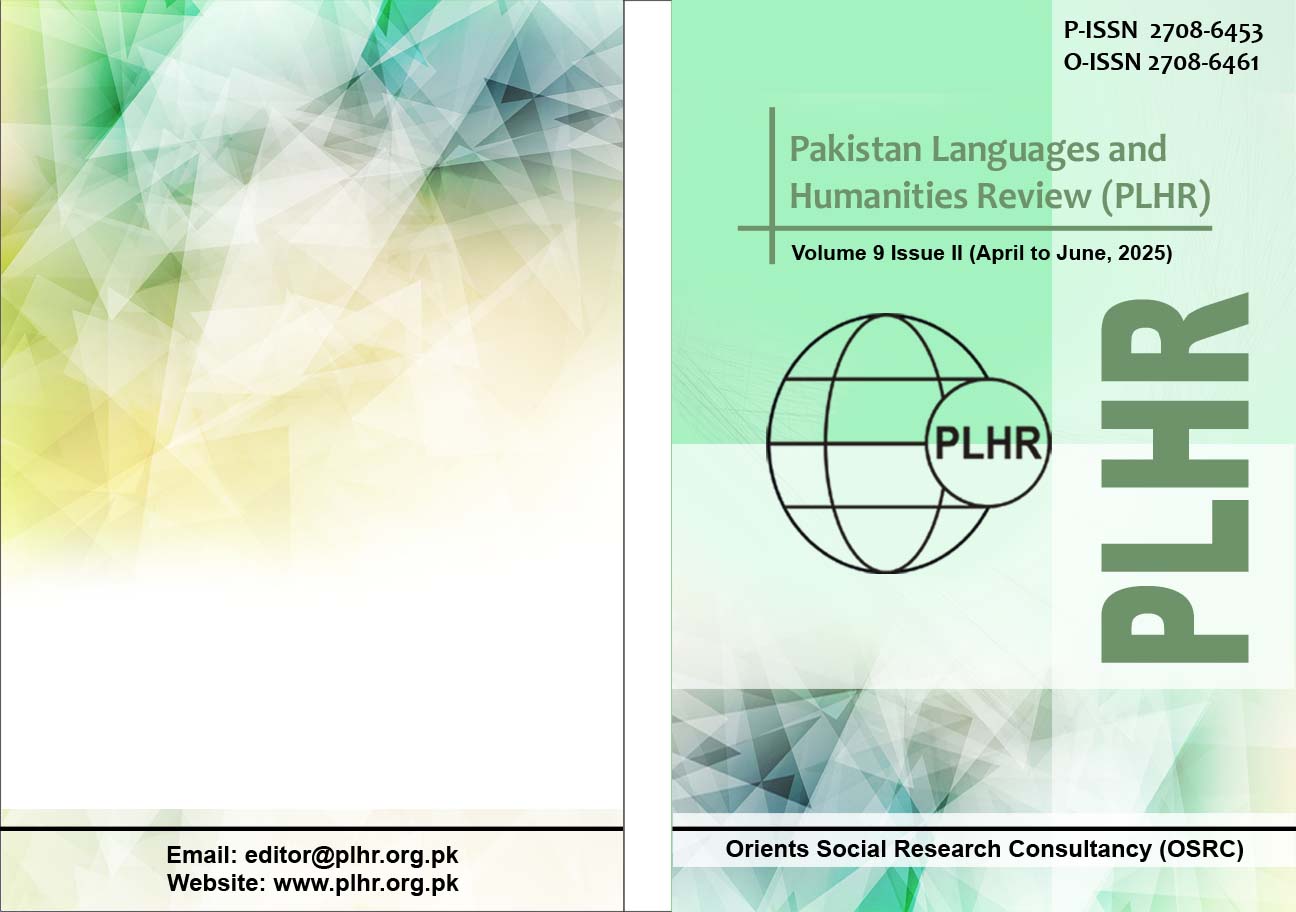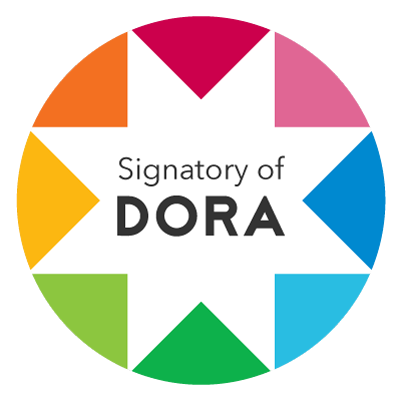Exploring Phono-Stylistics Pattern and Implications on Children Language Learning Process
DOI:
https://doi.org/10.47205/plhr.2025(9-II)11Keywords:
Linguistics, Stylistics, Phonological Features, Children Education, Nursery RhymesAbstract
This research explores the Phonological patterns in nursery rhymes i.e. different sound features and the implications to enhance children’s language learning and cognitive development. Nursery rhymes have long been an essential tool for early childhood education, aiding language development, phonological awareness, and memory retention. Moreover, research paradigm is qualitative and stylistic approach is used to analyze the samples from four selected rhymes i.e. Baba Black Sheep, Jack and Jill, Humpty Dumpty and Five Little Monkeys Jumping on the Bed. Furthermore, the data collection process has been comprised of two phases firstly textual method is used to analyze the samples secondly, conducted a semi-structured interview of 30 pre-school teachers to know their perspective on the role of rhymes in enhancing students’ Linguistic and cognitive development. The findings of the first phase revealed the occurrence of particular sound patterns such as alliteration, consonance, assonance, rhyme scheme, onomatopoeia, and rhythm to ensure the children's engagement and learning English language through its sounds. Hence, the findings of the second phase80% of participants asserted that the repetitive structure of the nursery rhymes help children in the recognition and memorization of these sounds by enhancing their cognitive and linguistic development.
Downloads
Published
Details
-
Abstract Views: 219
PDF Downloads: 170
How to Cite
Issue
Section
License
Copyright (c) 2025 Pakistan Languages and Humanities Review

This work is licensed under a Creative Commons Attribution-NonCommercial 4.0 International License.

ORIENTS SOCIAL RESEARCH CONSULTANCY (OSRC) & PAKISTAN LANGUAGES AND HUMANITIES REVIEW (PLHR) adheres to Creative Commons Attribution-Non Commercial 4.0 International License. The authors submitting and publishing in PLHR agree to the copyright policy under creative common license 4.0 (Attribution-Non Commercial 4.0 International license). Under this license, the authors published in PLHR retain the copyright including publishing rights of their scholarly work and agree to let others remix, tweak, and build upon their work non-commercially. All other authors using the content of PLHR are required to cite author(s) and publisher in their work. Therefore, ORIENTS SOCIAL RESEARCH CONSULTANCY (OSRC) & PAKISTAN LANGUAGES AND HUMANITIES REVIEW (PLHR) follow an Open Access Policy for copyright and licensing.







